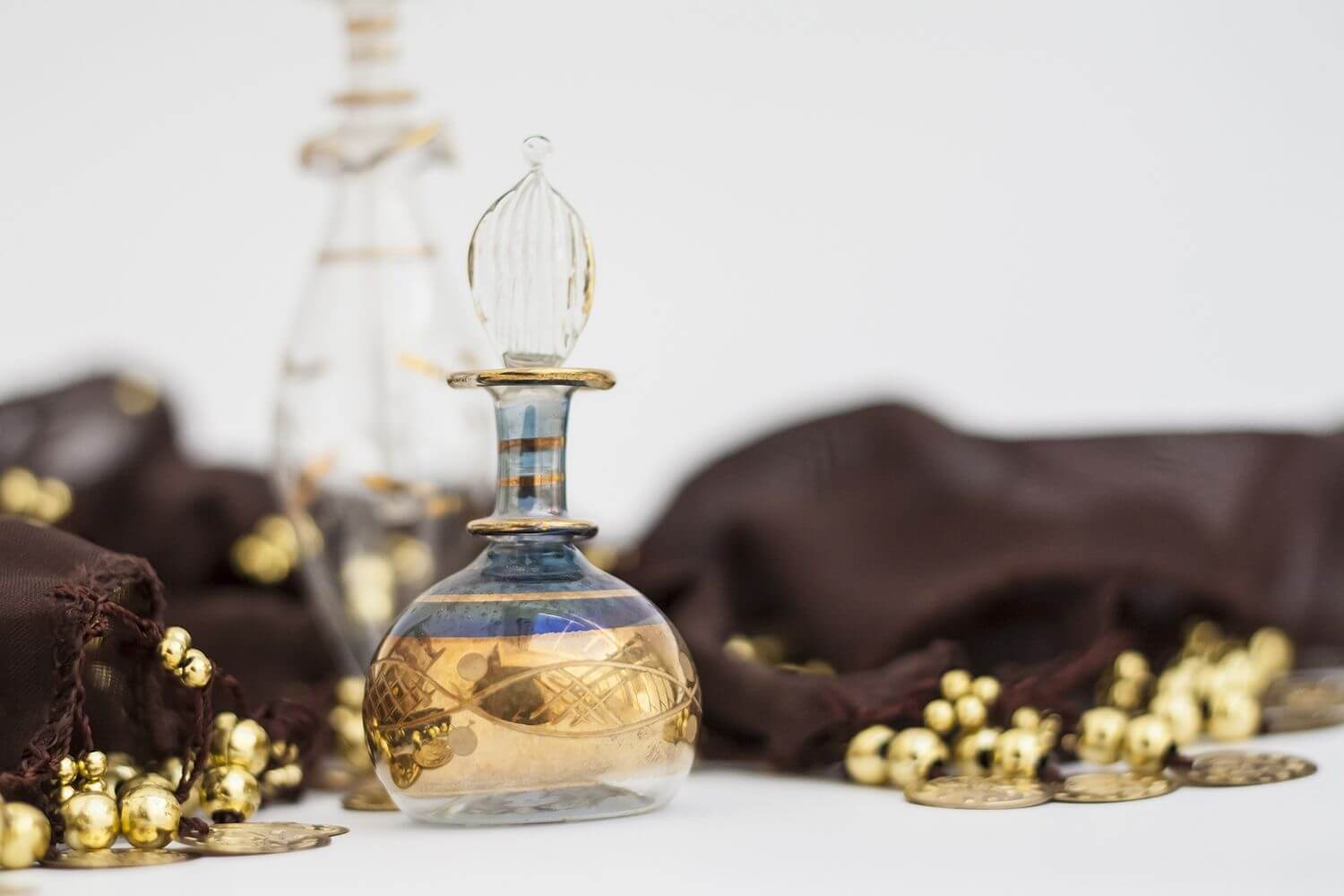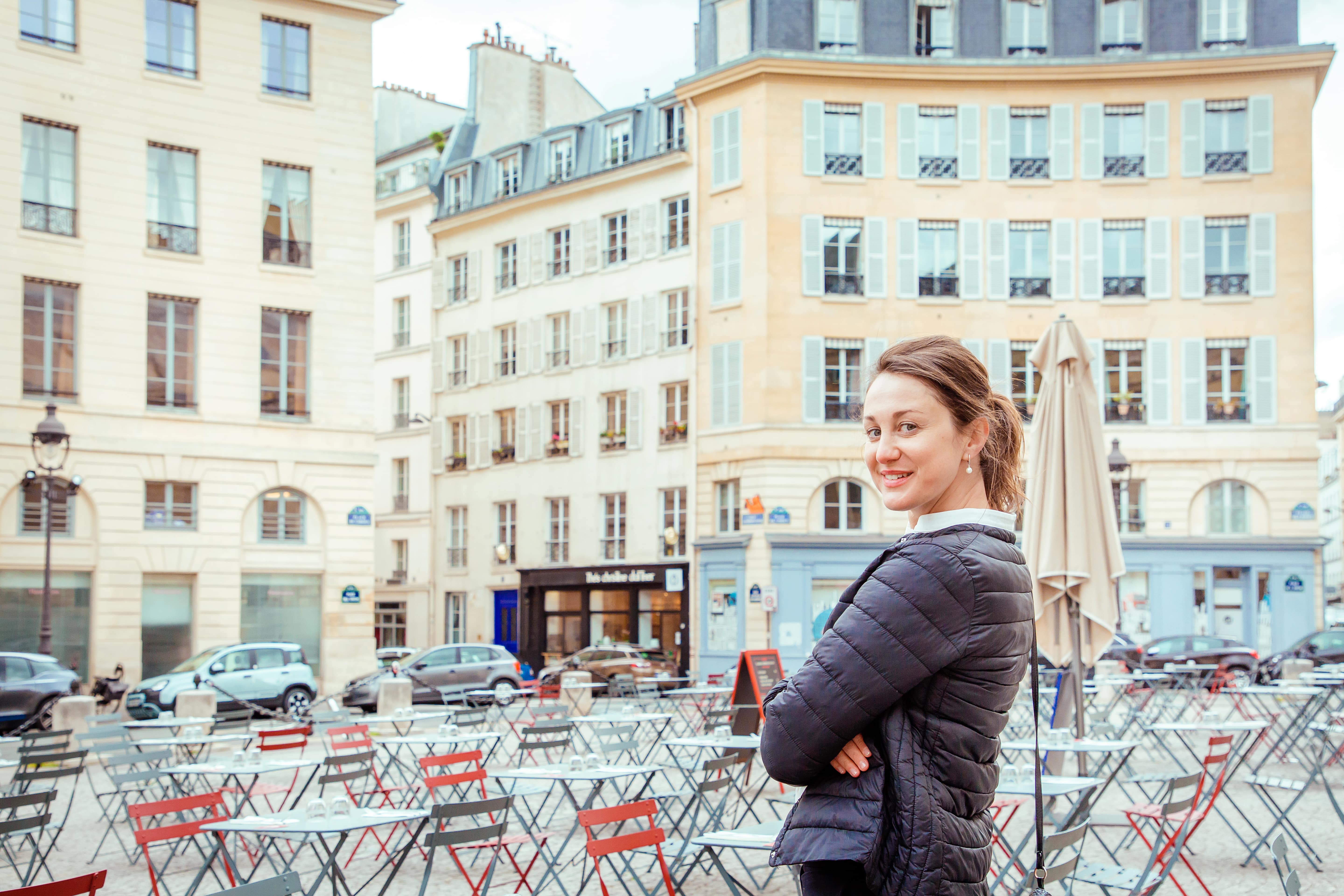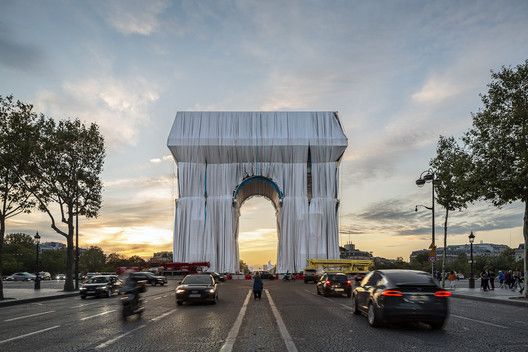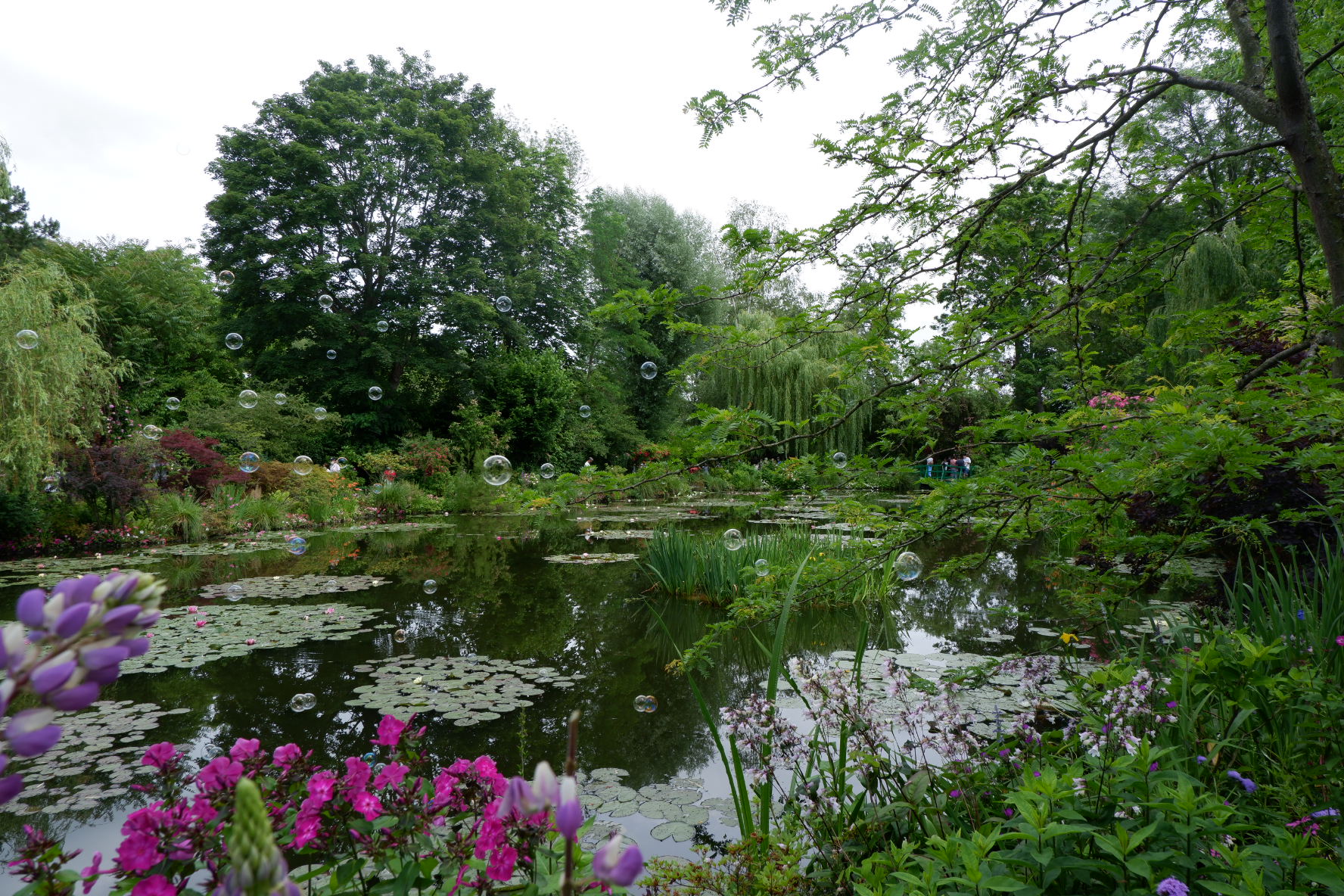L’Art de vivre
à la française
à la française
L’Art de vivre
à la française
Paris and Perfume, Part 2
Paris and Perfume: the start of a longlasting friendship
Part 2.
The 18th century: the birth of a French perfume industry
I invite you, my dear visitor, to continue our journey through the centuries and find out more about the legendary life of Perfume.
So, in the eighteenth century, perfume fashion arrived in Paris. It also happened thanks to the famous French king Louis on 14. The Sun King has dedicated a real passion to many arts and in particular to that of perfumery. He had imposed fashion for opulent and omnipresent perfumes. It is even said that he ordered to perfume the water of the Versailles fountains!
At that time, the French court dictated the fashion rules not only for the French society, but also for the foreign courts. From now on, the perfume becomes a must have in the eyes of all European courts and its consumption is exploding. The court of Versailles consumes more and more perfumes. Because of these growing need, France began to produce the essence it needed by its own.
The perfect place was found for that activity - the city of Grasse, - the Rome of perfume. The Grasse region has an ideal climate for growing flowers, especially roses and jasmine.
Initially, this region specialized in the production of leather, in particular gloves. The tan of the skin had an extremely bad smell, so the Glovers decided to take advantage of the perfumes and the extraordinary climate. Initially, the essences were used there to perfume gloves and camouflage the scent of tannin. As a result, flower fields quickly invade the area, this time for another purpose creation the Perfume.
It is interesting to know that the perfumes worn at that time were initially rather heady and concentrated. Today the modern trend is moving towards lighter, subtle, and more sophisticated perfumes though.
In the 19th century the modern era of French perfume starts
In the nineteenth century, we invent new extraction techniques and vaporizers. This fact greatly expands the power of perfumes. It changes its nature making it much thinner and lighter because it is no longer necessary to fight the bad smells of everyday life, but rather to wear it for pleasure.
The 20th century: the Belle Époque
The 20th century is the birth of the Haute perfumery in France. The perfumery starts to be associated with couture: the legendary Chanel No. 5 was born. French perfumery comes at its peak. Its growth slowed sharply during World War II, but production did not stop and its boom resumed at the end of the war.
21st century and Perfume
The perfumery lives the times of industrialization. It has become a part of everyday luxury, the necessity, accessible to the large public. The iconic perfumes of yesterday have become the most worn perfumes in the world; the streets of Paris are overwhelmed with them today.
To sum up, let me advise you the great museum for a visit dedicated to Perfume – the museum of Fragonard, in Paris
Near the Opéra Garnier, in the heart of Paris, the museum Fragonard shows in a didactic and original way all the stages that give life to perfume. You’ll discover yourself the manufacturing secrets: raw materials, extraction, distillation, formulation, industrialization, bottling, and of course the creation process. Don’t hesitate to visit it also with the guide!
In the book “The Perfume” there is a mentioning of the 13th note that must be present in any perfect perfume. That vital element, mysterious and secret, never determined even by the great masters of perfumes – the Egyptians. This secret ingredient, as legend says, makes each perfume really special, unique and extremely captivating.
What it could be, I thought to myself? Do you have any idea, my dear adventurer?
La versione in Italiano.
Parigi e il Profumo. L'alleanza magica.
Parte 2
Il XVIII secolo: la nascita di un'industria francese del profumo
Ti invito, il mio caro avventuriero, a continuare il nostro viaggio attraverso i secoli per scoprire meglio la leggendaria storia del profumo.
Finalmente, nel XVIII secolo, la moda per il profumo arriva a Parigi.
Diventa un vero successo anche grazie al famoso re francese Louis il XIIII. Le roi soleil ha avuto una vera passione per l’arte e in particolare per quello di profumeria. Lui aveva imposto la moda per i profumi piuttosto opulenti. Si dice persino che abbia ordinato di profumare l'acqua delle fontane di Versailles!
All'epoca, era la Corte a dettare la moda per la società francese e anche per i corti al estero. D'ora in poi il Profumo diventa indispensabile ed onnipresente nel tutti i corti europei e la sua consumazione si sta esplodendo. La corte di Versailles consuma sempre più profumi. A causa di questi crescenti bisogni, la Francia iniziò a produrre l'essenze per i suoi propri bisogni, seguendo l'urgente richiesta.
Il luogo perfetto è stato trovato - la città di Grasse, - la Roma del profumo. La regione di Grasse ha un clima ideale per la coltivazione di fiori, in particolare rose e gelsomino. Inizialmente, questa regione era specializzata nella produzione di pelle, in particolare dei guanti. Il processo di pittura della pelle aveva un odore estremamente cattivo, quindi i produttori di guanti decisero di approfittare dei profumi e del clima straordinario della regione. Allora, al inizio, le essenze venivano utilizzate per profumare i guanti e camuffare in quel modo il profumo del tannino; col tempo, i campi di fiori invadono rapidamente l'area, questa volta per un altro scopo - la creazione del profumo.
Interesante a saperlo che i profumi indossati a quel epoca erano piuttosto inebrianti, e molto concentrati. Oggi invece la tendenza moderna si sposta verso profumi più leggeri, sottili e più sofisticati.
Nel IXX secolo inizia l'era moderna del profumo francese
Nel diciannovesimo secolo, inventiamo nuove tecniche di estrazione e vaporizzatori. Questo fatto espande notevolmente il potere del Profumo cambiando il suo charattere e il modo di uso. Non lo mettiamo più per combattere i cattivi odori , ma piuttosto indossiamolo per un piacere puro.
Il XX secolo : la Belle Époque e il Profumo
Il 20 ° secolo è la nascita de Haute profumeria in Francia. Fu anche in quel periodo che la profumeria si associò alla Couture: nacque la leggendaria
Chanel n ° 5. La profumeria francese era all'apice. La sua crescita si è rallentata bruscamente durante la seconda guerra mondiale, ma la produzione non si è fermata e il suo boom era ripreso alla fine della guerra.
Il XX secolo: industrializzazione del Porfumo
La profumeria vive i tempi della sua industrializzazione. È diventata la parte del lusso quotidiano, una necessità, accessibile al grande pubblico. L'esclusività diventa molto rara in questo dominio. I profumi iconici di ieri sono diventati i profumi più consumati al mondo; le strade di Parigi ne sono sopraffatte oggi. Tuttavia, la speciale caccia al profumo speciale continua ...
Per riassumere, ti consiglerei, il mio caro, visitatire, un museo a Parigi dedicato proprio alla storia del profumo, parlo del museo di Fragonard.
Vicino all'Opéra Garnier, nel cuore di Parigi, il museo Fragonard espone in modo didattico e originale tutte le tappe che hanno a che fare con il profumo. Scoprirai i segreti della produzione di esso: Le materie prime, l'estrazione, la distillazione, la formulazione, imbottigliamento e, naturalmente, il processo di creazione. Sarrebe una buona idea a visitarlo anche con la guida !
Nel libro "Il Porfumo" c'è una menzione della 13a nota che deve essere presente in un profumo veramente bello, quella nota vitale, misteriosa e segreta, mai scoperta nemmeno dai grandi maestri del profumo - gli egiziani. Questo ingrediente segreto, come dice la leggenda, rende ogni profumo speciale ed unico, estremamente accattivante e bello. Cosa potrebbe essere ?
Hai qualche suggerimento, il mio caro visitatore?







